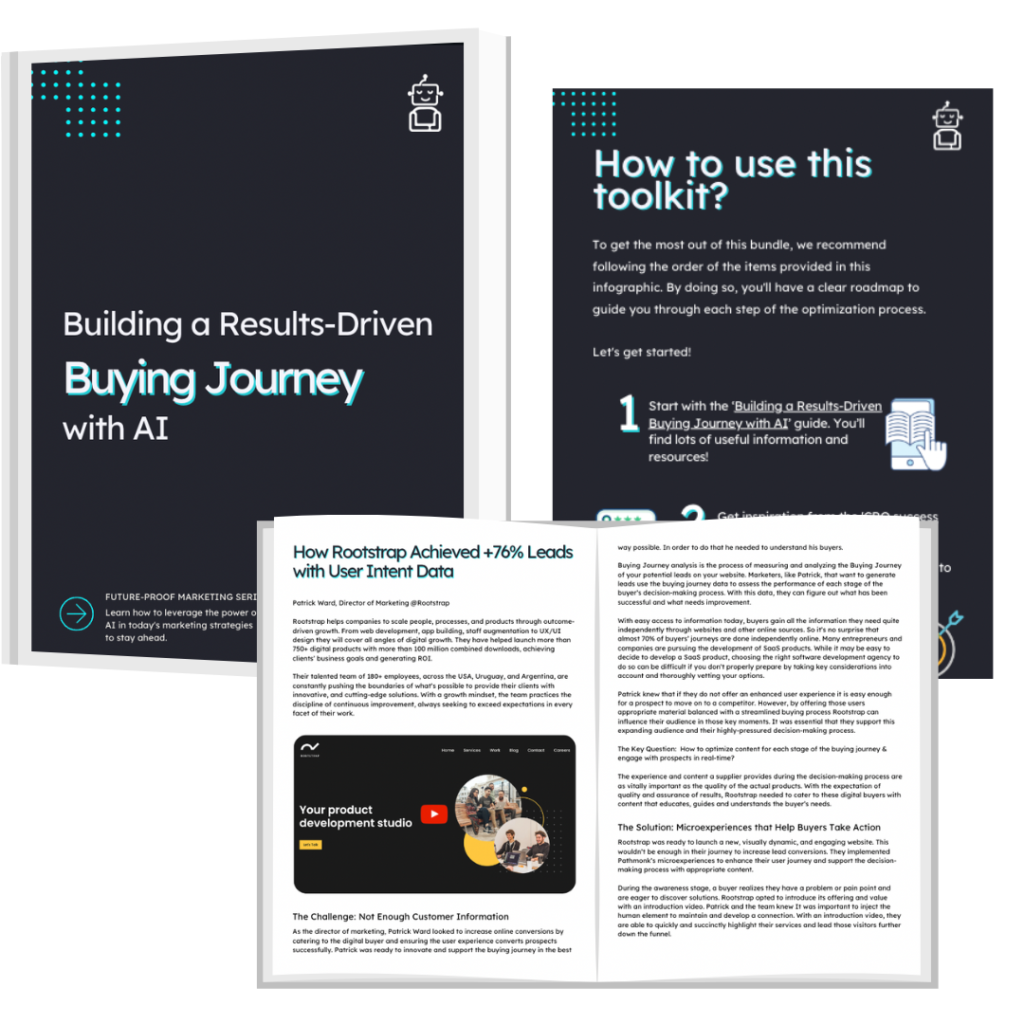
When it comes to sales strategies, there are many different theories that companies will use to increase their numbers. Some strategies are fast and trendy while others are created from new technologies and resources. BANT sales qualification is a strategy that utilizes the basics of sales to create criteria for determining if a potential customer will ever become a customer.
Sales qualification is a process that companies and sales teams will use to decide whether a lead is worth the time and resources to pursue. By filtering leads through a qualification process, companies can decrease their client acquisition costs, build their businesses faster, and increase their overall profitability.
What is BANT?
BANT is an acronym that stands for budget, authority, need, and timing. This strategy was originally created and used by IBM which makes it more old-school than up-and-coming. After much research, these four areas helped determine the best leads for companies to pursue. Sales reps will look at a potential sale by way of each category before determining its ultimate potential to the company.

Budget
The first question a sales rep will ask is if the potential customer has an ability to spend money on your product or service. Leads will come and investigate for a future time, but they may only be perusing different options on the market. There are some basic budget questions that a sales leader can ask a potential customer to determine their budget needs:
- Do you have a dedicated budget for our product or service? Many companies will have a budget line for new tools or services so that they have freedom to explore more options. For example, if you are selling a new software program, some companies will have room in their budgets to buy better programs that will help their company grow while others do not. If they do not have that room, sales teams may want to ask when the budget is created for the next year and consider scheduling a demonstration closer to that time.
- Do you share the budget category with another department? Services like cleaning or marketing specialties may share a budget with other departments under “maintenance” or “sales”. This can limit the amount of budget they realistically have to work with when considering becoming your company’s customer.
- All things considered, if budget were not an issue, would you consider switching? This is an important consideration for companies to make. Many will take a look at a new product or service and disregard it because of cost, but is that the real reason? If there are other obstacles that keep them from trying something new, those need to be addressed to determine if they will ever seriously consider becoming a customer. Cost is not always the only reason people will not try your product or service.
Authority
The potential customer needs to have the authority to make the decisions. If they do not have any buying power or authority to decide on a purchase, pursuing that individual will be a waste of resources. These leads can often lead to the person who is in authority, but that should be determined early in the first conversation. Here are some ways a sales team can establish authority:
- Is there someone else we need to include in this conversation? Once contact has been made with a potential customer, ask if there are other people who need to be in the conversation. Talking about a potential solution or their company may include several people and talking all together can save time for everyone. This gives the contact a chance to think about who has the authority to make decisions and if there are any budgetary members who need to be included too.
- Have you used any other similar products or services? Individuals or teams who would know about similar products and services will be the ones with the authority to talk to about feelings toward new products or services. Even if they do not have the final word on purchases, having someone in the room who can talk about their experiences is valuable. They can help those making the decisions see why your product or service could be great. It also helps salespeople better understand a potential customer’s potential level of interest in trying something new.
- Do you think the team will be receptive to change? No one will know the needs of a team better than the team leader. If they do not think that the team will be receptive to change with a product or service, then there is a good chance the sale will not go through. Many companies and teams will be hesitant to change, so in qualifying a lead, this is an important factor to consider.
Free AI-Powered Buying Journey Toolkit
Learn how to optimize your buying journey and speed up your revenue with top strategies and invaluable resources.

Needs
Business pain points are the way sales are made. Every product or service is designed because of a pain point. Identifying early on if the potential customer has those similar pain points help determine if this lead is worth pursuing.
If you sell shoe-shining supplies and walk into a shoe store that hates their shoes not being shiny enough, that is a good lead. On the other hand, if you walk into a beach store where everyone wears flip-flops, a sales team will know the lead is not worth pursuing. Here are some questions to help determine a lead’s needs:
- What are the most frustrating parts of your job? When talking to a lead, it is important to understand what troubles they have with their current situation. This can include using multiple programs to complete one job, a task is too labor intensive, or the solutions they have are too expensive.
- How long has it been frustrating? People will generally adapt and figure out solutions to make what they have work. Whether this is a software, process, or a service provider, people do not like being frustrated for too long. Offer to show them how your product or service can make their life better, faster. If problems have been around for many years, dig a little deeper to see why there have not been changes before.
- Are there roadblocks or frustrations you anticipate in the future? Companies are constantly adjusting to changing industry economics and new regulations. While no one can anticipate everything that will happen, most businesses look ahead to plan for changes. Having this conversation helps a sale person to know how to approach a sale and if they can help navigate through or avoid these frustrations.
- Do you have current plans to help these problems? If a company already has a plan in place to deal with frustrations, see how your product or service can fit into their needs. If it cannot, then this lead is unqualified.
Timeline
Establishing a potential customer’s timeline to when they are hoping to purchase is an important part of qualifying that lead. A potential customer who needs to buy something in the next month or two is a better lead than someone who is just looking at options for some future reference. Customers who are committed to finding a solution will also cost your company less money to acquire. Asking can be hard, but here are some basics you can ask:
- How much of a priority is it to fix the problems your product or service addresses? The higher up on the priority list fixing a problem is, the better off it is for your company. Anything that is a low priority for a company or customer will not get the budget or time required to fix it. If something is a high priority, resources have probably been approved to find a solution and people are dedicated to listening to options on the market.
- Do you have a time frame for solving these problems? In general, a time frame is established when tasks are higher in priority. Asking this question can get them thinking or talking, which lets your sales team know if it is worth their time contacting.
- Are you considering any other solutions? Knowing this information up front lets your sales team know what they are up against. It could be a competitor, a completely different process, or eliminating the concern altogether. Once your team know what else they are considering, details can help determine if the lead is qualified in this area or not.

Qualifying Leads with BANT
For a sales lead to qualify using the BANT sales qualifications strategy, they need to meet at least three of the areas. If this seems high, that is because this is a focus that is strict and successful. Very rarely will a potential lead meet all four criteria exactly, so it is important to use your own judgement. If your company decides that only meeting two of these four categories is enough because of your industry, that works too. This strategy was developed to find better leads faster.
Many sales teams will get a good feel during these conversations if the lead is qualified or not, but that comes with experience. Using BANT is a great way to train new salespeople and remind experienced ones of criteria that make a great lead.
Intuitive Cookieless Analytics for Your Web
Understand your customer journey, find drop-offs, and receive actionable insights with AI.







